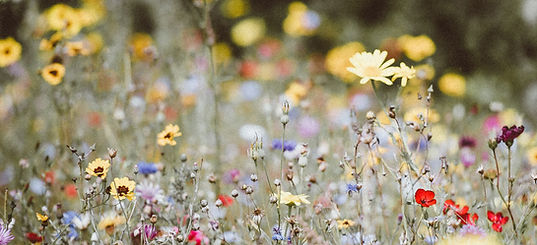Butterfly Conservation & Rearing
Butterflies are in global decline! When was the last time you saw a monarch butterfly? Have your kids ever seen any? Will your grandkids? Now is your chance to shape the future! With our specialized rearing kits, monitoring programs, educational outreach, and partnerships, we are ensuring survival of butterflies
Project Name
Monarch Butterfly Garden
Yes - You can literally hatch your own Butterflies!
Price: 39$

Seed Packets
Blend of wildflower seeds to be a Pollinator
Price 10$

Please inquire about all butterfly needs!


90% Monarch Butterfly Decline, Hatch Your Own Today
Monarch Butterflies have declined over 90% in the last 30 years. Experts say it is not too late to ensure their survival, but we need to be part of the solution.
Step 1: Select an Ideal Site
Choose a location in your garden that receives ample sunlight throughout the day. Ensure the area has well-draining soil and offers protection from strong winds. This will provide an optimal environment for monarch butterflies to thrive.
Step 2: Plant Native Milkweed Species
Incorporate common milkweed and swamp milkweed, as they serve as the exclusive food source for monarch caterpillars. These plants are not only crucial for their survival but also add beauty to your garden.
Step 3: Nectar-Rich Blooms for Adult Monarchs
Enchant adult monarch butterflies with a diverse array of native flowering plants. Include species like coneflowers, asters and goldenrod, which provide abundant nectar.
Step 4: Ensure Adequate Water Sources and Shelter
Cater to the hydration needs of monarch butterflies by incorporating shallow dishes filled with water and pebbles in your garden. This offers a safe drinking spot for them. Additionally, you can create sheltered areas using dense shrubs or butterfly houses.
Step 5: Nurturing and Observation
As your monarch butterfly garden flourishes, closely monitor the milkweed plants for caterpillar activity. If necessary, carefully transfer caterpillars to a mesh enclosure or butterfly house, ensuring their safety and well-being. Observe their growth and transformation, fostering an environment free from pests and disturbances.
Step 6: Witness the Enthralling Metamorphosis
Marvel at the miraculous transformation of caterpillars into butterflies as they form chrysalises. Allow several days for this awe-inspiring process. Witness the grand moment when these majestic creatures emerge, spread their wings, and prepare for their inaugural flight.